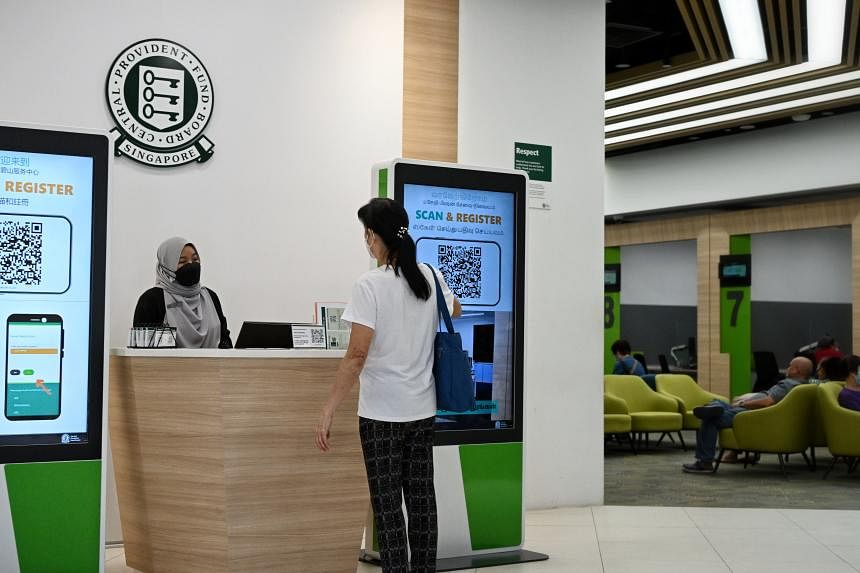SINGAPORE – Several changes to the Central Provident Fund (CPF), the national pension scheme here, will take place from 2025.
The Special Accounts (SA) of CPF members aged 55 and above will be closed, Deputy Prime Minister Lawrence Wong said in the Budget speech on Feb 16.
The Enhanced Retirement Sum (ERS), which is the maximum amount these members can commit towards CPF Life retirement payouts, will be raised to four times the Basic Retirement Sum (BRS), from three times currently. That means the ERS will be $426,000 in 2025.
The Enhanced, Full and Basic Retirement Sums are reference points for how much CPF members need to save to meet their desired monthly payouts.
The CPF Board said the reason for the closure of the SA is that some SA savings can be withdrawn from age 55, and savings that are withdrawable at any time should earn interest rates commensurate with their short-term nature.
The Straits Times answers questions on what the changes mean for CPF members.
1. How will the closure of the Special Account affect CPF members aged 55 and above?
A: On a CPF member’s 55th birthday, a Retirement Account (RA) is created for him. Currently, after the RA is created, the SA remains open, but that will no longer be the case from 2025.
When the SA is closed, the savings there will go into the RA up to the Full Retirement Sum (FRS) – which is two times the BRS, or $213,000 in 2025. Any savings beyond that will go into the Ordinary Account (OA), which offers a lower interest rate of 2.5 per cent per annum, compared with around 4 per cent for the SA and RA.
Any CPF contributions allocated to the SA currently – for example, if the CPF member is still working – will also go into the RA, up to the FRS.
People who may be affected are those who invest their SA savings through the CPF Investment Scheme to prevent them from being transferred to the RA at 55 – a practice known as Special Account “shielding”.
They typically do this within six months before they turn 55. After the RA is created, they liquidate their investments, keeping the funds in their SA to enjoy the withdrawal flexibility and higher interest rates.
With the closure of the SA, any proceeds from the investments if they are sold or reach maturity will be paid into the RA. Again, if the FRS in the RA is met, the monies will then go to the OA, where the interest rate is lower.
2. How can I continue to maximise the interest rates on my CPF balances after I turn 55?
A: If you have reached the FRS in your RA and have excess savings from the SA transferred to the OA, you can choose to move some of these savings into the RA up to the raised ERS to earn a higher interest rate.
These savings will earn at least the interest rate floor, which is currently 4 per cent, in your RA, but the transfer of savings to the RA cannot be reversed. These savings will be reserved to boost your retirement payouts and cannot be taken out for other purposes, such as investment or emergency needs.
So you have essentially given up the flexibility of being able to withdraw this money, which could have been sitting in your OA, in return for higher interest rates.
